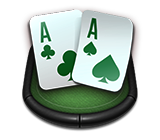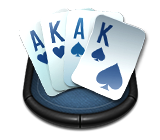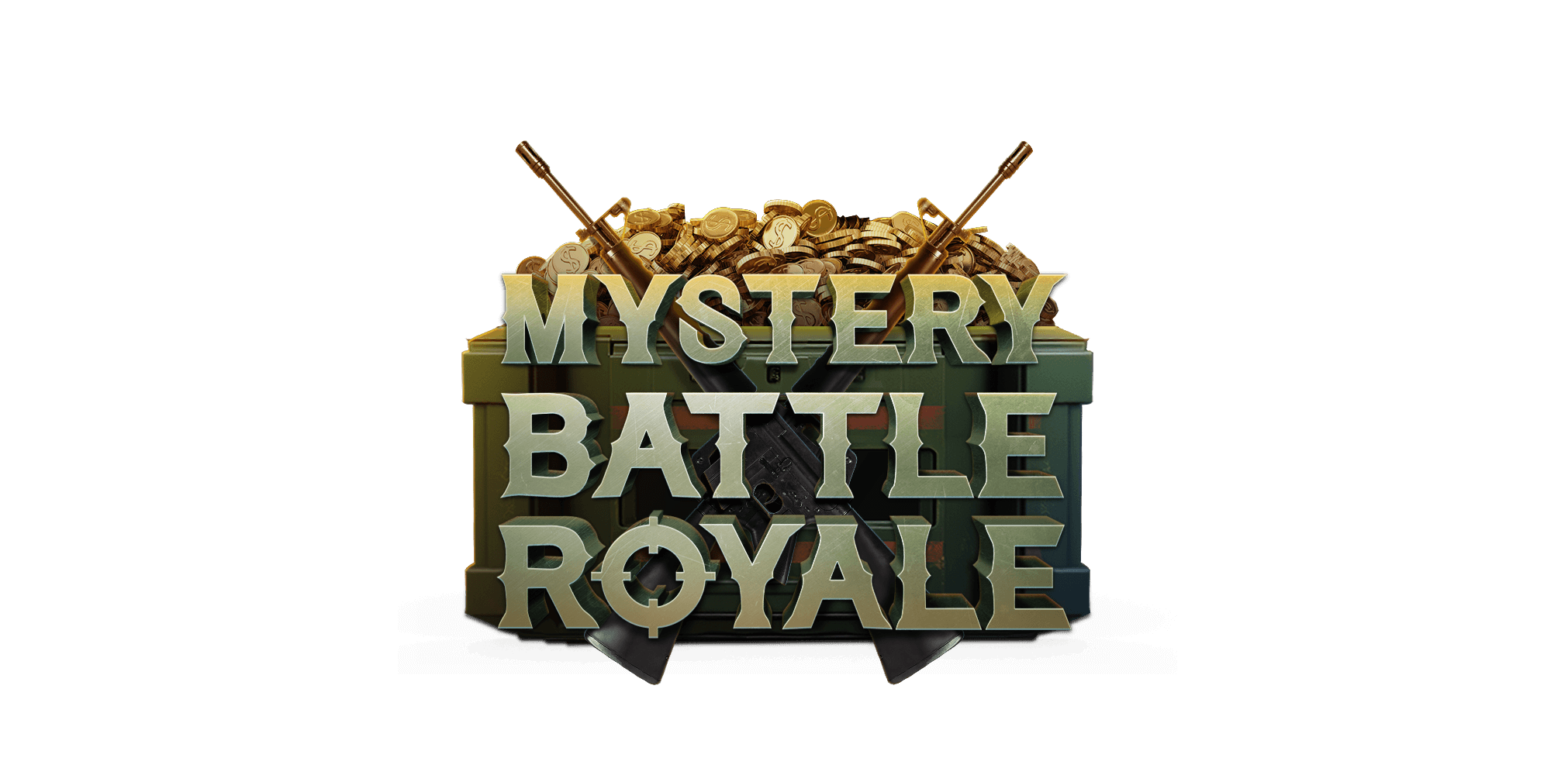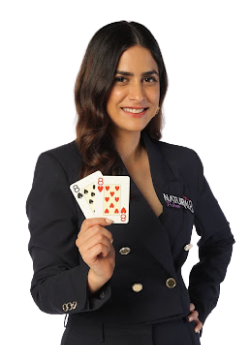
Some poker hands are tough to escape; not because you misplayed them, but because you were up against a hand that was just slightly stronger. That's cooler. You hold a strong hand, make the right decisions, and still lose a big pot.
In this blog, we’ll break down what a poker cooler really is, how it differs from a bad beat, walk through real cooler hand examples, and share practical tips on dealing with coolers without letting them affect your game.
What Is a Poker Cooler?
A poker cooler is when two very strong hands collide, and one loses, not because of a mistake, but because the other hand is simply better. You make the right decisions, play the hand well, and still lose a big pot. That’s what makes a cooler different from a bluff or misplay—it’s largely unavoidable.
These situations usually happen when folding isn’t realistic. For example, if you have a full house and your opponent has quads, there’s no way to get away. The result is a big loss, even though you didn’t do anything wrong.
Understanding Poker Bad Beats
Poker bad beats are a bit different from coolers. A bad beat happens when you’re ahead, sometimes far ahead and lose because your opponent hits a lucky card. What makes it worse is that your opponent often plays the hand poorly but gets rewarded.
While a cooler is about strong vs stronger, a bad beat is more about poor play beating good play. And that’s why it stings—it feels undeserved.
Examples of Cooler Hands in Poker
Here are a few classic cooler hands that cash game and tournament players face regularly:
1. Set Over Set
You have 66 on a 9 6 2 board. Your opponent has 99. You flop the middle set, they flop the top set. You lose a big pot—there’s no easy way out of it.
2. Full House vs Higher Full House
You have 88 on a board of 8 4 4 K K (eights full of kings). Your opponent has KK for kings full of fours. Again, very difficult to fold.
3. Flush vs Higher Flush
You hold Q J and the board runs A T 5 7 2. You flop a flush, but your opponent shows K 9 — a higher flush. It’s a common cooler spot.
How to Recognise When You’re Dealing With Coolers
Not every big loss is a poker cooler—sometimes, it’s just a misplayed hand. So, how do you tell the difference?
You’re likely facing a cooler when:
You have a very strong hand (e.g., top set, full house, nut flush)
Your opponent shows up with a slightly stronger hand
There was no clear way to fold without making a serious mistake
Both players were playing their hands "by the book" and still ended up all-in
If your hand was strong enough that folding would have been a clear mistake, you weren’t outplayed; you were just coolered.
Strategies for Dealing With Coolers
The real challenge isn’t recognising a cooler; it’s how you respond after it happens. Many players spiral after a big cooler, which leads to poor decisions and even bigger losses.
Here’s how to manage coolers the right way:
Detach from the result: If you played it correctly, move on. Focus on the decision, not the outcome.
Avoid tilt-based revenge plays: Don’t change your strategy just to win back chips fast. Coolers happen; chasing them makes it worse.
Review hands later, not mid-session: Take notes if needed, but save detailed review for after the session. Stay focused on the next hand.
Trust long-term variance: Coolers even out. One day, your full house loses, and the next, it beats someone else’s trips for a big pot.
Stick to your A-game: Take a short break if needed, but don’t let one hand change your entire mindset. Discipline is what sets strong players apart.
The Psychology Behind Poker Coolers
A poker cooler hits more than just your stack; it messes with your mindset. You play everything right, get your chips in good, and still lose. That kind of hit can easily lead to frustration, second-guessing, or even tilt.
What makes coolers tough mentally is that they feel unfair, not because you made a mistake, but because the outcome felt out of your control. It’s hard not to replay the hand in your head or try to force a win in the next pot to make up for it.
That’s where the real danger lies. One cooler isn’t the problem; it’s what happens after. Dealing with coolers the right way means staying focused, keeping your emotions in check, and reminding yourself that poker is a long-term game built on many hands, not just one.
How to Minimise Losses from Poker Coolers
You can’t avoid coolers entirely, but you can reduce how much they cost you. Here’s how:
Don’t overvalue strong but second-best hands: Hands like top pair/top kicker or a non-nut flush are strong, but not unbeatable. Be aware of board texture and opponent tendencies, especially in deep cash games.
Use stack size as a guide: The deeper you are, the more careful you should be. With 100+ BBs, folding a strong hand isn’t always wrong if the action doesn’t add up.
Slow down against certain players: Some opponents only commit stacks with nutted hands. If a tight regular suddenly goes big, think twice, even if your hand feels strong.
Review common cooler spots: Hands like set-over-set, full house vs higher full house, or flush vs higher flush come up often. Review how they typically play out so you’re better prepared.
Limit the damage when unsure: If you’re deep stacked and unsure where you stand, pot control helps. You won’t always fold the losing hand, but you can lose less when you're behind.
Real Poker Cooler Stories and Lessons Learned
Coolers are a part of poker, no matter how skilled you are. But each cooler comes with a lesson; not just about hand reading, but about mindset, control, and knowing when to slow down.
Here’s a real example:

This is a classic poker cooler—top full house running into quads. Folding here would have been extremely difficult, even against a strong line. And for good reason: most opponents won’t have quads in this spot, and if you fold too often, you miss value from weaker hands that play aggressively.
What Can You Learn from This?
Sometimes, just calling is enough: There’s value in not overplaying the second nuts. You avoid max loss without letting go of too much equity.
You won’t avoid every cooler, and you shouldn't try to: Folding the second nuts regularly can cost more in the long run than the occasional big loss.
Aggressive players will pressure strong hands: That doesn’t always mean they have it. Play your hand—not just the player—but stay aware of the patterns.
Coolers aren’t the enemy; tilt is: The real loss happens when you carry that hand into the next one and try to chase it back. Take the hit, breathe, and move on.
















